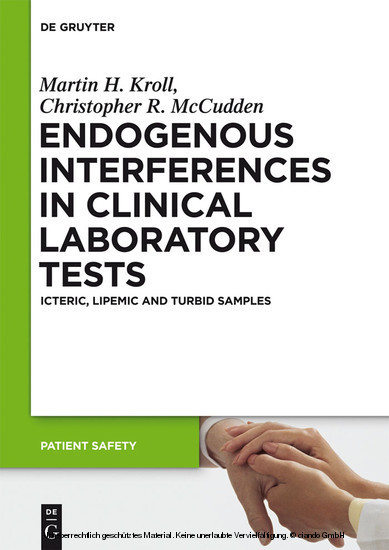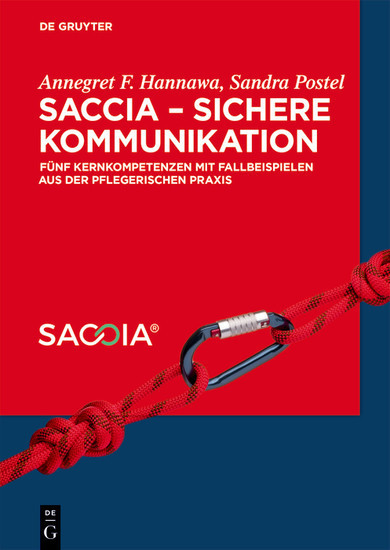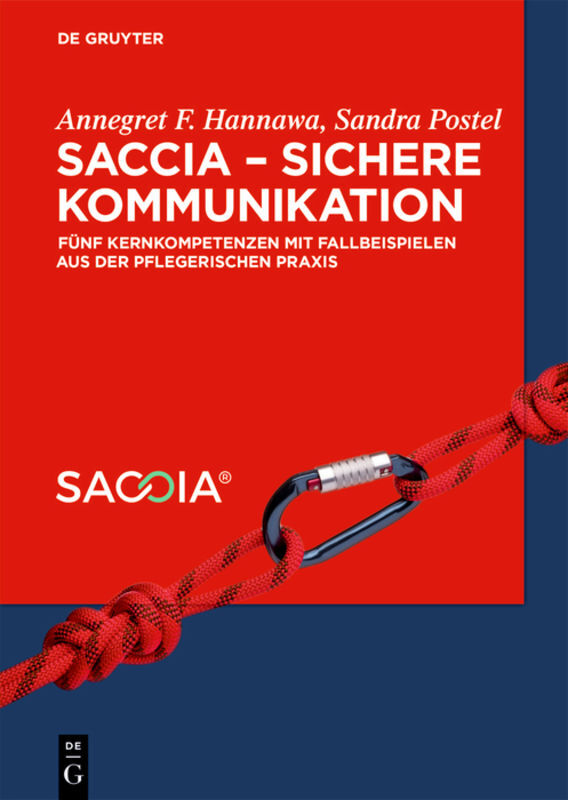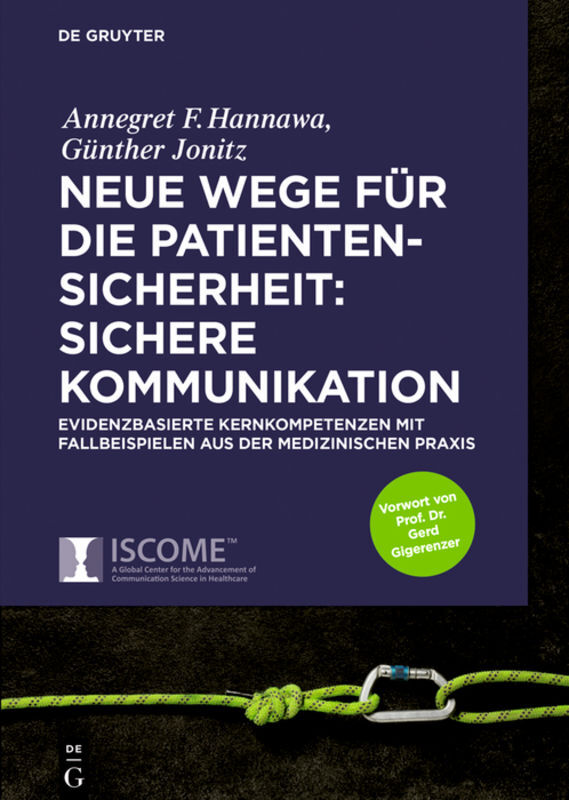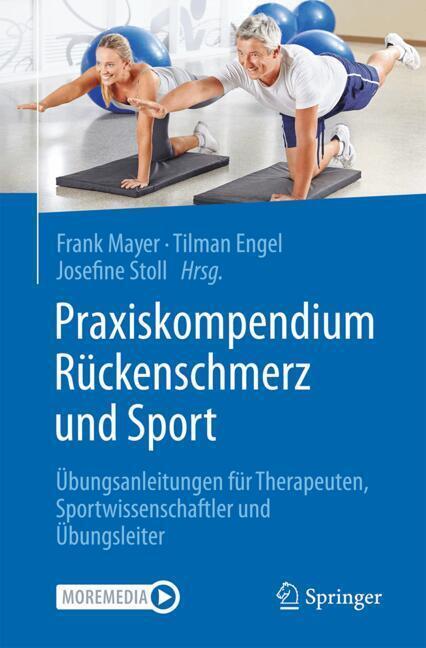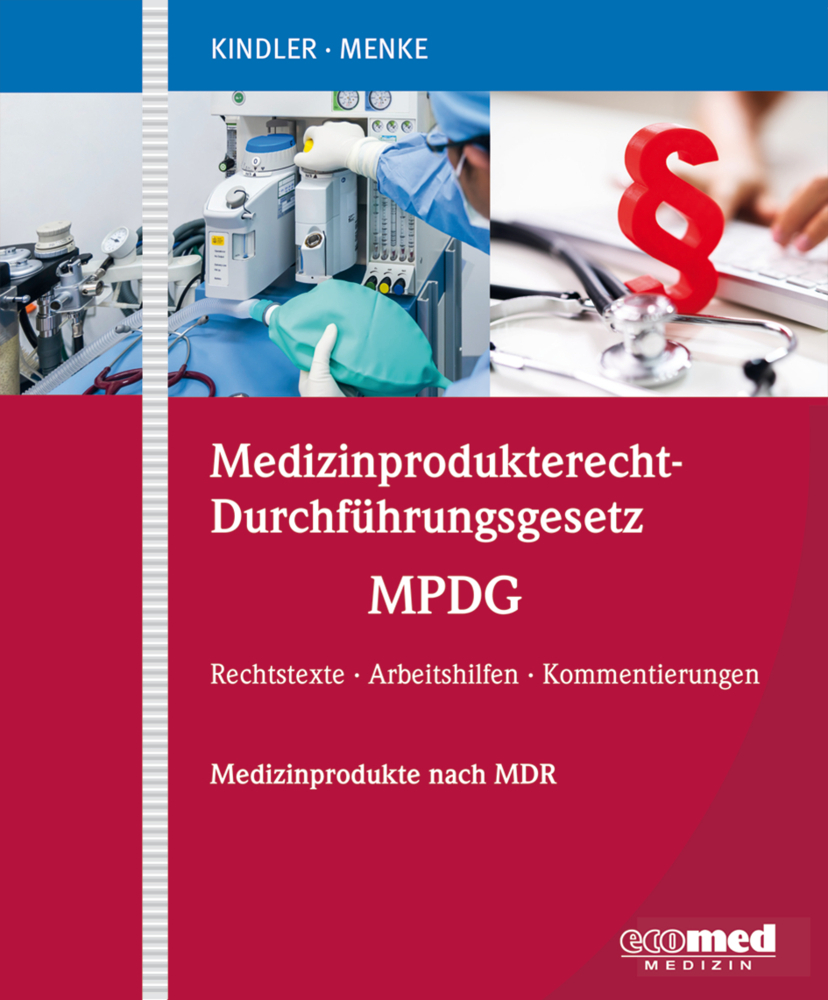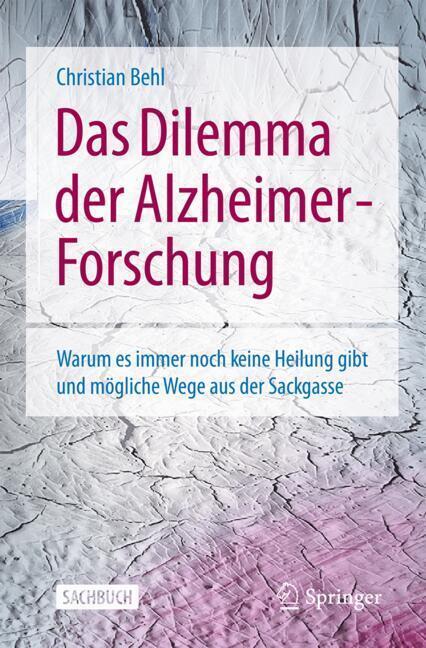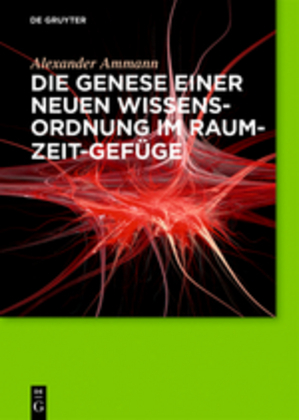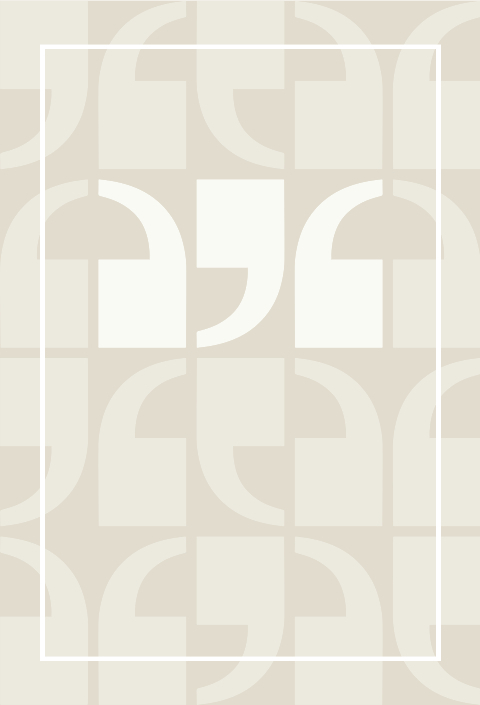Endogenous Interferences in Clinical Laboratory Tests
Icteric, Lipemic and Turbid Samples
Clinical laboratories must provide accurate test results to protect patient safety. Clinical laboratory samples frequently contain high amounts of bilirubin or lipemia. This book provides the empirical and theoretical foundation for bilirubinemia or lipemia and the impact they have on the quality of results and patient safety. It discusses the origins of interferences and their proper evaluation.
Martin H. Kroll , Boston University, Massachusetts, USA; Christopher R. McCudden , University of Ottawa, Ontario, Canada; University of North Carolina at Chapel Hill, USA.
1;Preface;7
Martin H. Kroll , Boston University, Massachusetts, USA; Christopher R. McCudden , University of Ottawa, Ontario, Canada; University of North Carolina at Chapel Hill, USA.
1;Preface;7
2;1 Accuracy Goals for Laboratory Tests;13
2.1;1.1 Accuracy and Precision;13
2.1.1;1.1.1 Definition;13
2.1.2;1.1.2 Imprecision as a Form of Error;14
2.2;1.2 Types of Error;14
2.2.1;1.2.1 Bias;14
2.2.2;1.2.2 Impact of Bias;16
2.3;1.3 Interference as a Type of Bias;18
2.4;1.4 References;20
3;2 Nature of Interferences;23
3.1;2.1 Definition;23
3.2;2.2 Nature of Interferences;23
3.3;2.3 Instrumentation;24
3.4;2.4 The Chemistry of the Absorbance of Light;27
3.5;2.5 References;32
4;3 The Nature of Icteric Interference;33
4.1;3.1 Source Information on Bilirubin Interference;33
4.2;3.2 Allen Correction as a Source of Bilirubin Interference;33
4.3;3.3 Bilirubin Interference with Oximetry;34
4.3.1;3.3.1 Co-oximetry Interference;36
4.3.2;3.3.2 Pulse Oximetry;37
4.3.3;3.3.3 Cerebral Oximetry;38
4.3.4;3.3.4 Interference with Methemoglobin;39
4.4;3.4 Chemical Reactions as a Cause of Bilirubin Interference;40
4.4.1;3.4.1 Bilirubin Reaction with Creatinine Methods;41
4.4.2;3.4.2 Bilirubin Reactions with Peroxidase Methods;43
4.5;3.5 References;44
5;4 The Nature of Lipemic and Turbidity Interferences;47
5.1;4.1 Types of Interferences;47
5.2;4.2 Lipemia Causes Turbidity;48
5.3;4.3 Lipemia Interference Mechanisms;49
5.3.1;4.3.1 Light Scattering;49
5.3.2;4.3.2 Lipoprotein Particles;52
5.3.3;4.3.3 Intralipid® and Lipemia Simulation;54
5.3.4;4.3.4 Empirical Studies in Lipemia Turbidity;55
5.4;4.4 Lipoprotein Particles and Lipemia;56
5.5;4.5 References;57
6;5 Measurement of Interference;59
6.1;5.1 A Typical Commercial Study;59
6.2;5.2 Guidelines for Interference Studies;60
6.3;5.3 Bilirubin;61
6.4;5.4 Intralipid®;62
6.5;5.5 Procedure to Make Five Concentrations;64
6.6;5.6 Interference Criteria;64
6.7;5.7 Data Analysis;66
6.8;5.8 References;72
7;6 Origin of Icteric Samples;75
7.1;6.1 The Origin of Bilirubin;75
7.2;6.2 Bilirubin Toxicity;77
7.3;6.3 Transport of Bilirubin in the Blood;77
7.4;6.4 Uptake of Bilirubin by the Liver;78
7.5;6.5 Clinical Aspects of Bilirubin;78
7.6;6.6 Neonatal Jaundice;79
7.7;6.7 Cholestasis;81
7.8;6.8 Hepatitis;82
7.9;6.9 Alcoholic Liver Disease;82
7.10;6.10 Hemolysis;83
7.11;6.11 Drug Induced Hyperbilirubinemia;83
7.12;6.12 Summary;84
7.13;6.13 References;84
8;7 Impact of Icterus;87
8.1;7.1 Introduction;87
8.2;7.2 Estimated Impacts Based on Interference Studies;87
8.3;7.3 Differential Interference with Different Bilirubin Isoforms;89
8.4;7.4 Non-spectrophotometric Icterus Interference;91
8.5;7.5 Resolving Icterus Interference;92
8.6;7.6 Summary;93
8.7;7.7 References;93
9;8 Origin of Lipemia and Turbidity;95
9.1;8.1 Lipoprotein Pathways;95
9.2;8.2 Classification of Hypertriglyceridemia;97
9.2.1;8.2.1 Frederickson Classification of Dyslipidemias;97
9.2.2;8.2.2 Obesity, Metabolic Syndrome and Diabetes;99
9.2.3;8.2.3 Alcohol;100
9.2.4;8.2.4 Nonalcoholic Fatty-liver Disorder;101
9.2.5;8.2.5 Medications;101
9.2.6;8.2.6 HIV Infection;101
9.2.7;8.2.7 Renal Disease;102
9.3;8.3 References;103
10;9 Impact of Lipemia/Turbidity;105
10.1;9.1 Introduction;105
10.2;9.2 Estimated Impacts Based on Interference Studies;107
10.2.1;9.2.1 Interference by Light Scattering;107
10.2.2;9.2.2 Interference by Volume Displacement;108
10.2.3;9.2.3 Interference by Lipid Partitioning;111
10.3;9.3 Summary;111
10.4;9.4 References;111
11;10 Endogenous Interferences in Clinical Laboratory Tests: Icteric, Lipemic and Turbid Samples;113
11.1;10.1 Interference Indices;113
11.2;10.2 Generating Interference Indices;113
11.2.1;10.2.1 Preparation of Standards;114
11.2.2;10.2.2 Data Collection and Deconvolution of Non-Target Interferences;115
11.2.2.1;10.2.2.1 Subtraction Using Selected Wavelengths;116
11.2.2.2;10.2.2.2 Index Calculation Using Derivative Spectrometry;117
11.2.3;10.2.3 Establishing Indices and Defining Ranges;119
11.3;10.3 Limitations;122
11.4;10.4 Summary;122
11.5;10.5 References;123
12;11 Reporting of Results;125
12.1;11.1 Introduction;1
Kroll, Martin H.
McCudden, Christopher R.
| ISBN | 9783110266221 |
|---|---|
| Artikelnummer | 9783110266221 |
| Medientyp | E-Book - PDF |
| Copyrightjahr | 2012 |
| Verlag | Walter de Gruyter GmbH & Co.KG |
| Umfang | 155 Seiten |
| Sprache | Englisch |
| Kopierschutz | Digitales Wasserzeichen |

